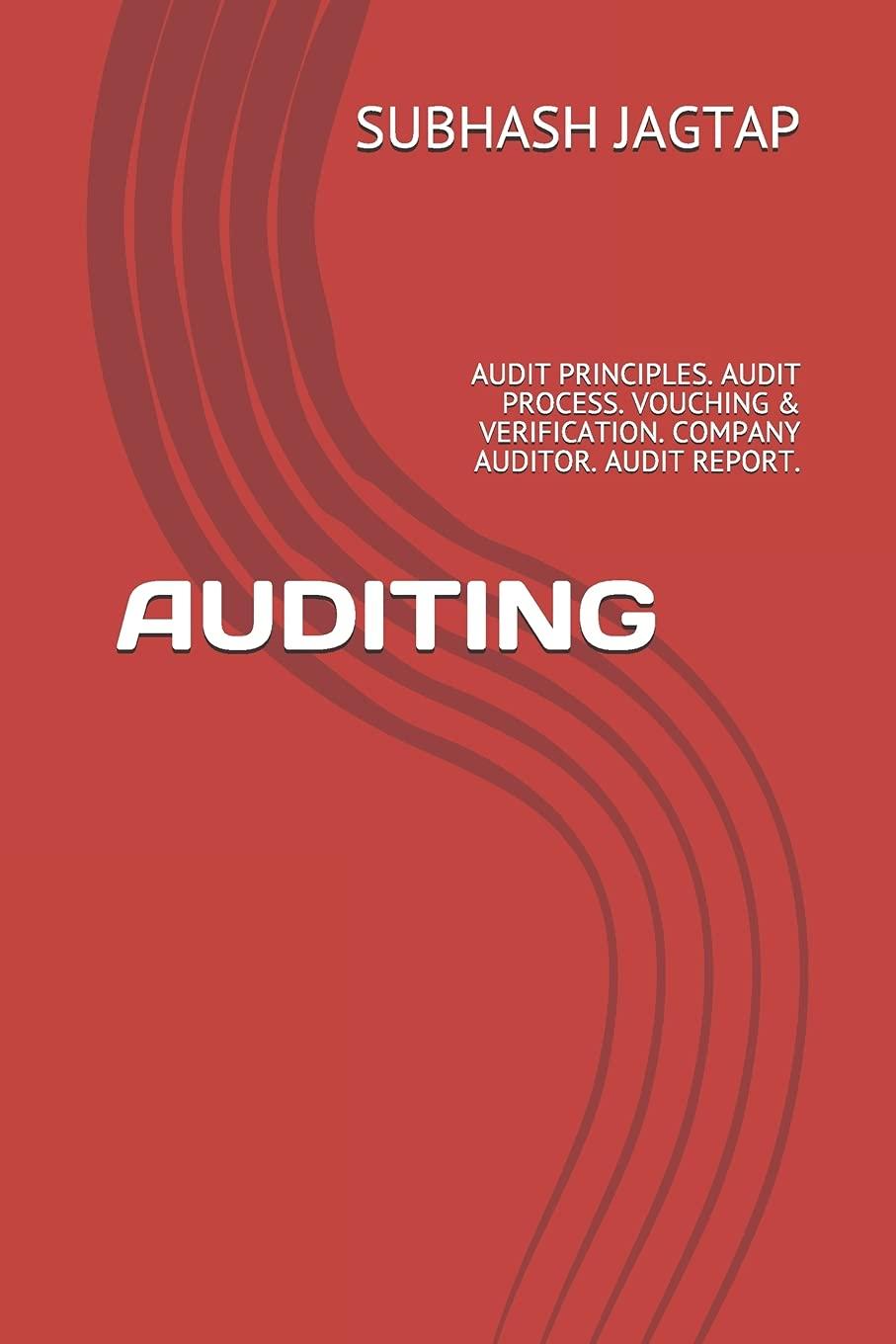1-a. Compute the gross profitipercentage for each year. (Round percentage values to 1 decimal place.) 1-b. Assuming that the change from 2017 to 2018 is the beginning of a sustained trend, is Galaxy likely to earn more or less gross profit from each dollar of sales in 2019? 3-a. Galaxy reported average net fixed assets of $55,200 in 2018 and $46,100 in 2017 . Compute the fixed asset turnover ratios for both years. (Round your answers to 2 decimal place.) 3-b. Did the company better utilize its investment in fixed assets to generate revenues in 2018 or 2017 ? According to the producer price index database maintained by the Bureau of Labor Statistics, the average cost of computer equipment fell 3.8 percent between January and December 2018, Let's see whether these changes are reflected in the income statement of Galaxy Corporation for the year ended December 31, 2018. Required: 1. Compute the gross profit percentage for each year. Assuming that the change from 2017 to 2018 is the beginning of a sustained trend, is Galaxy likely to earn more or less gross profit from each dollar of sales in 2019 ? 2. Compute the net profit margin for each year. Given your calculations here and in requirement 1, explain whether Zigga did a better or worse job of controlling operating expenses in 2018 relative to 2017. 3. Galaxy reported average net fixed assets of $55,200 in 2018 and $46,100 in 2017 . Compute the fixed asset turnover ratios for both years. Did the compony better utilize its investment in fixed assets to generate revenues in 2018 or 2017 ? 4. Galaxy reported average stockholders' equity of $55,000 in 2018 and $41,800 in 2017 . The company has not issued preferred stock. Compute the return on equity ratios for both years. Did the company generate greater returns for stockholders in 2018 than in 2017? 2-a. Compute the net profit margin for each year. (Round percentage values to 1 decimal place.) 2-b. Did Galaxy do a better or worse job of controlling operating expenses in 2018 relative to 2017? 4-a. Galaxy reported average stockholders' equity of $55,000 in 2018 and $41,800 in 2017 . The company has not issued preferred stock. Compute the return on equity ratios for both years. (Round your answers to 1 decimal place.) 4b. Did the company generate greater returns for stockholders in 2018 than in 2017











